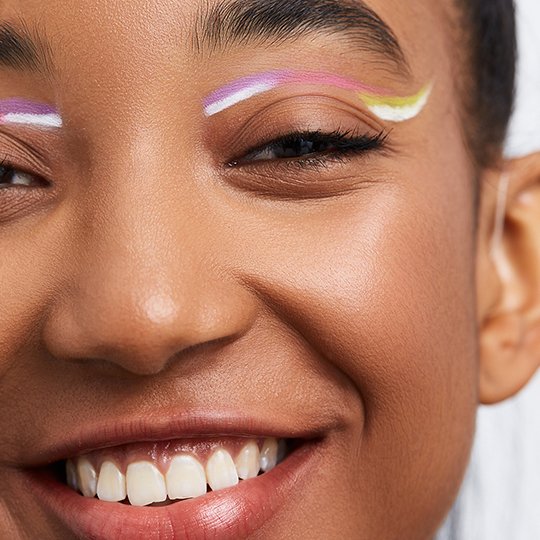Beauty Q&A: What Are Polygel Nail Extensions?
November 21, 2022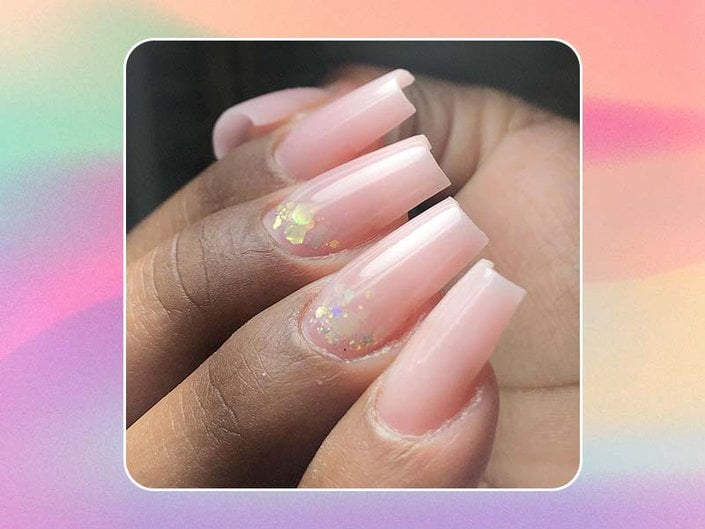
Is Polygel Bad for Your Nails?
“I can't stress this enough — nail enhancements themselves don't damage your nails when applied and removed properly!” says Kandalec. Instead, the pro notes it’s improper application and removal that can hurt your natural nails. There are a surprising amount of factors that can go wrong when applying or removing polygel nails — they could be overfilled at the wrong angle, cured for too long underneath the UV lamp, cured under a too-strong UV lamp, or picked or peeled away during the removal process, says Kandalec. That’s why she strongly recommends visiting a salon to get your polygel nails done, instead of attempting to DIY your set yourself.
If your nails do feel weakened after getting polygel nails, using a strengthening polish, like the Essie Hard to Resist Nail Strengthener Treatment, can help them grow back stronger in just three days.
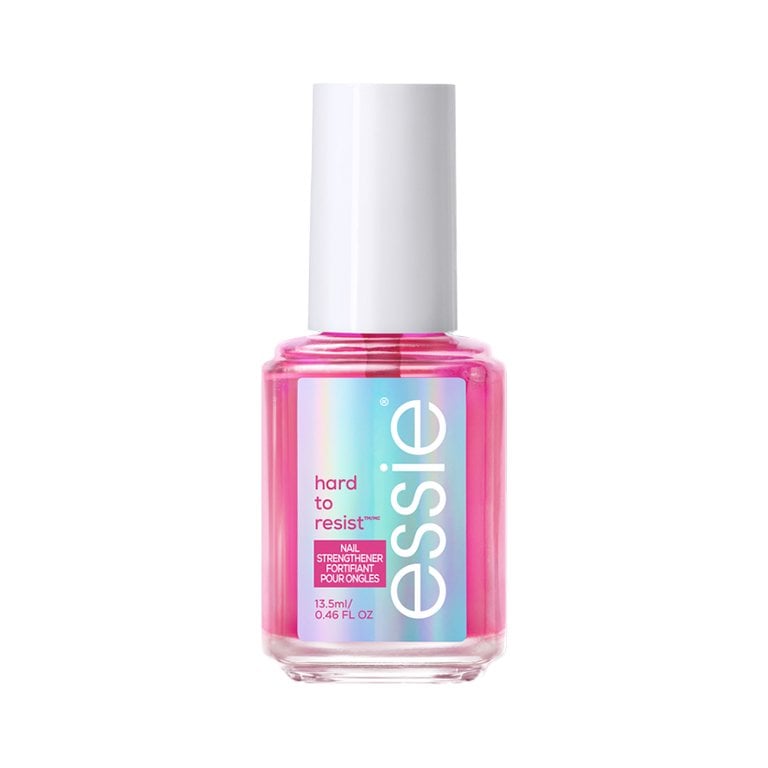
How Much Do Polygel Nails Cost?
Polygel nails can range anywhere from $50 to $150 for a fresh set, with fill-ins ranging from $50 to $100. How much your polygel nails cost will depend on where you live and the salon you choose. Check out this guide to finding a great nail salon in your state, and make sure the salon you visit is safe by looking over this quick checklist.
What's the Difference Between Polygel and Acrylic?
Polygel has a similar thick consistency to acrylic, says Kandalec, but unlike acrylic, it needs to cure underneath a lamp in order to harden, which makes it similar to getting a regular gel manicure. Also, acrylic is made by mixing acrylic powder and monomer (a bonding agent) together, whereas polygel is a thick gel that comes in a pot or a tube and is applied to your nail with a brush and a solution of isopropyl alcohol to help it glide on easily.
What's the Difference Between Polygel and Dip Powder?
“Dip powder is layers of colored acrylic powder between layers of resin,” explains Kandelec. “The powder is sprinkled on the sticky layer of resin, or sometimes dipped into a jar of it — but it's not sanitary unless it's your own jar.” Dip powder is very durable, but Kandalec notes that it’s difficult to remove and not very strong, which means you can’t use it to mold a new mail length or shape, as you can with polygel.
Are Polygel Nails Right for You?
If you’re looking to grow out your natural nails with something that’s lightweight, flexible and longer-lasting than a traditional manicure, you might love polygel nails. Plus, if you try them now, you might be ahead of the curve, says Kandalec. The pro predicts the nail technique is going to continue to grow in popularity. “Acrygel is very durable and very hard. It's very, very popular in Russia and Ukraine and is a product that is really starting to become really popular in the States,” she says.



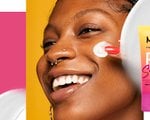



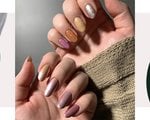
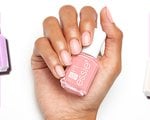









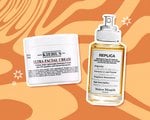


.jpg?cx=0.5&cy=0.5&cw=150&ch=120&blr=False&hash=27326E4FE66B0A2BFABAF4995DA29DC5)




